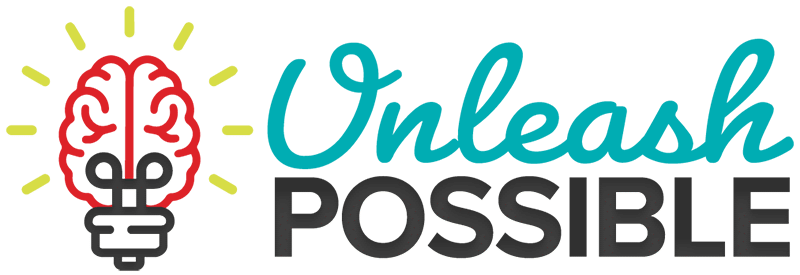The Toaster Strudel Test
My 10-year-old, Johnny, reached over the breakfast table this morning and asked "Mom, what do you see in this toaster strudel?" Each of our children has a unique personality and approach to the world around them. Johnny is my "creative boy". That means he tells the best stories, aka lies, but also has a vivid imagination that makes you giggle as you are transported to another place alongside him. In case you are wondering Johnny saw a whale spouting water and a frog in his toaster strudel this morning.Just like our children each of us adults has a unique approach to the world. Our employees problem solve in different ways because of their unique perspective. This is a good thing.In business when you want to innovate you must foster different approaches. You need to recruit people who have a wide array of experiences and perspectives to collaborate and share their visions. You want your team to look at the toaster strudel and see different possibilities. If you can't see different end points, you can't create magic. Johnny loves all things animals so it is no surprise he saw a frog and a whale. I saw an airplane taking off. The magic of collaboration isn't that we saw different things. The magic is we helped each other see our varying vision. I can now clearly see the whale. The ability to not only think of new visions, but to share those visions across the team makes for powerful creativity that if harnessed propels your new campaign, designs exciting new products and even makes current processes more efficient.Of course sometimes different personalities clash and create conflict. Leaders often eliminate talented people who operate differently in the name of culture to avoid this conflict. At stages in my career I have been guilty of doing the same thinking I was doing the right thing for the team as a whole. But this doesn't pass the toaster strudel test. I wouldn't trade any of my boys who all saw a different possibilities in their morning treat. The creative one, my natural-born salesman, the follower or the analyst. Why wouldn't I value the diversity in my employees as much as I appreciate it in my children?Don't misunderstand me. Culture does matter. A perpetually negative or difficult person can be toxic. Don't live with poison because you are afraid of making a mistake. My point is rather that in the name of culture we often judge too quickly. Before letting someone go, voluntarily or by mandate, think about what they are contributing. Does their way of thinking force us to be better? If the answer is yes, even some of the time, take pause and evaluate your next steps carefully. This is equally true when we recruit new members to a team. Do you want a clone of your existing talent? Or do you want someone who might push a different point of view?The next time you tackle a new opportunity think about team dynamics. Can your team pass the Toaster Strudel Test? Or will they all see the same picture?

